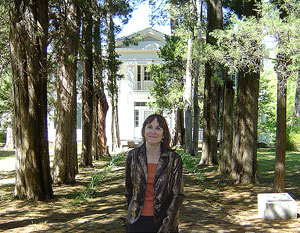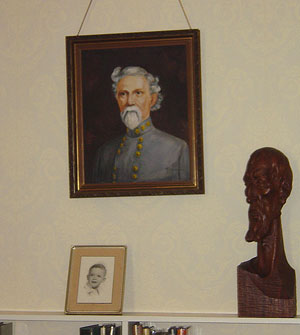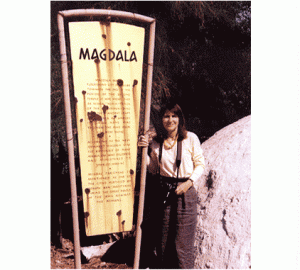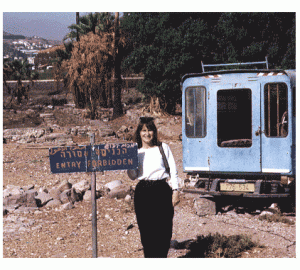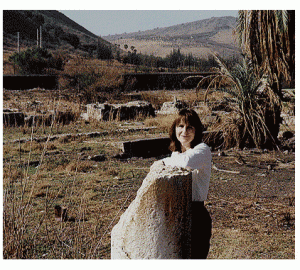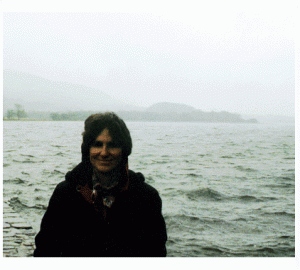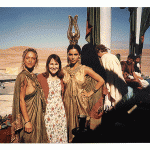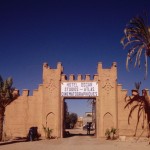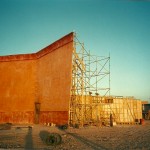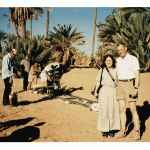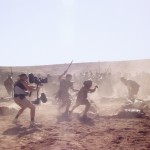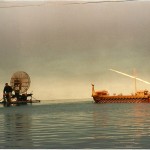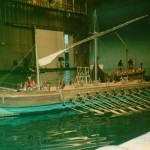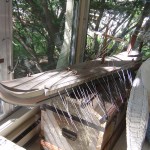Movies, even the bad ones, have the advantage of showing moving people in costumes, which is very helpful in visualizing the past. Here’s my personal list of the good, the bad, and the ugly in the periods I write about. My (biased) opinions only!
Best ones:
- “Ben Hur” (1959)—Even without the famous chariot race, this is simply a great, riveting, entertaining movie.
- “Spartacus” (1960)—Intelligent version of the legendary rebel character.
- “I, Claudius” (BBC, 1976)—The most entertaining set of silky Imperial monsters: Livia, Caligula, Messalina—delicious!
- “300” (2007)—Oddly art-house and lovely to look at, makes violence as elegant as in Homer.
- “A Man for All Seasons” (1966)— A perfect movie…perfect casting, superlative acting, great script. The golden-haired, lethal Henry VIII as played by Robert Shaw captures the king exactly. Paul Scofield has ‘electrifying sophistication’ as Thomas More.
- “Shakespeare in Love” (1998)—captures the feel of Elizabethan exuberance.
- “Six Wives of Henry VIII” (BBC, 1970)—The entire nine hours were needed to tell the full story of Henry VIII, from golden boy to limping obese monster.
- “Elizabeth R” (BBC, 1971)—Ditto for Elizabeth, as played with power by Glenda Jackson, only she goes from girl to white-painted icon.
OK ones:
- “Spartacus: Blood and Sand” (Starz—2009)—Combined the visuals of “300” with non-stop action and memorable characters. Very violent but mesmerizing.
- “The Tudors” (Showtime—2007-2010)— an attempt to harness the “Rome” formula of violence, sex, and intrigue. Englishmen cannot compete with the Romans in those departments, so we are left with Henry VIII as an empty-headed oversexed lout. Just like the fat stereotype, only thinner. Update: it got better as it went along, and by the last season was pretty darn good.
- “Gladiator” (2000)—High production values but unsatisfying gladiatorial scenes, with so much editing and CGI you had no sense of what was happening in the arena—which, after all, was supposed to be the focus of the movie.
- “Rome” (HBO—2005/2007)—Too fragmented to be truly engaging, too self-consciously titillating, but visually appealing.
- “Troy” (2004)—Despite a large cast, no one you can root for. A lackluster retelling. Brad Pitt as Achilles looks prettier than Helen.
- “Helen of Troy” (USA Network, 2003)—This Helen doesn’t have the face to launch very many ships, but does incorporate many strands of the myth.
- “Helen of Troy” (1956)—Helen as sympathetic heroine, but with a Paris blonder and prettier.
- “Quo Vadis” (1951)—The incomparable Peter Ustinov as Nero redeems the rest of this predictably pious tale.
- “Cleopatra” (1963)—Liz and Burton are as close as we’ll ever get to seeing what Cleopatra and Antony might have looked and acted like, off screen and on: the excess! The ruin! The passion! The charm!
- “Cleopatra” (1934)—Claudette Colbert’s Cleopatra as witty salonniere.
- “Alexander the Great” (1956)—Burton’s voice can’t cover up the pitiful state of his bod—too much time in the pubs instead of the outdoors make him an odd, unconvincing Alexander. The blond wig doesn’t help, either.
- “The Virgin Queen” (PBS, 2005)—Starring Anne-Marie Duff, has many good episodes but ultimately does not have a point of view.
- “Elizabeth I” (HBO, 2006)—The great Helen Mirren stumbles a bit in portraying Elizabeth as an unstable menopausal woman. Jeremy Irons miscast as Robert Dudley, her supposed soul-mate.
- “Anne of the Thousand Days” (1969)—Burton back again with the Voice, but once again, too small physically to carry the character. Genevieve Bujold a fine Anne Boleyn—delicate, exotic, bewitching.
- “Mary Queen of Scots” (1971)—pairs willowy Vanessa Redgrave as the Scots Queen and no-nonsense Glenda Jackson as her adversary Elizabeth I; good supporting cast of Timothy Dalton and Ian Holm.
- “Agora” (2010)—Credit for making a film about Hypatia of Alexandria (4th century AD) and the transition from the ancient pagan world to the Christian dark ages, but as a drama of character it falls short, although the setting is very good.
Bad ones:
- “Alexander” (2004)—Aside from the unusual elephant battle scene, this embarrassment is best ignored. Angelina Jolie is camp, Antony Hopkins ludicrous, and Colin Farrell too slight for the central role.
- “Elizabeth” (1998)—the history is totally inaccurate. Since Elizabeth lived an exciting life, there was no reason to make all this up—the truth was better.
- “Elizabeth: The Golden Age” (2007)—This was even worse than the first. It had Elizabeth sighing to Raleigh, “Do you think you could ever have loved me?” Bombed at the box office, sparing us the last of the planned trilogy.
- “Six Wives of Henry VIII” (PBS—2003)—attempts to do in only four hours what the 1971 version did in nine. Foredoomed to failure, in addition to portraying Henry VIII as a one-dimensional thug.

